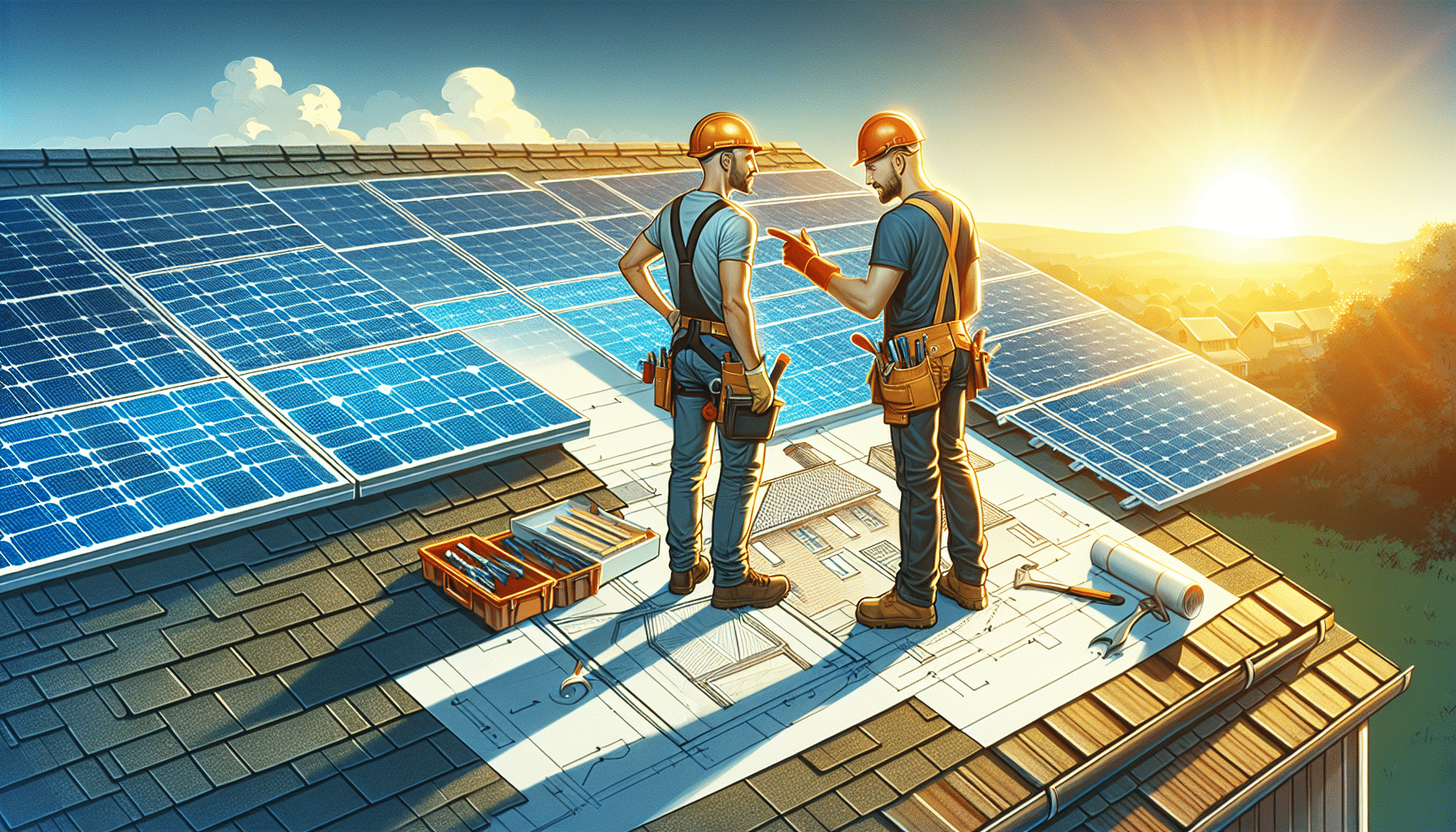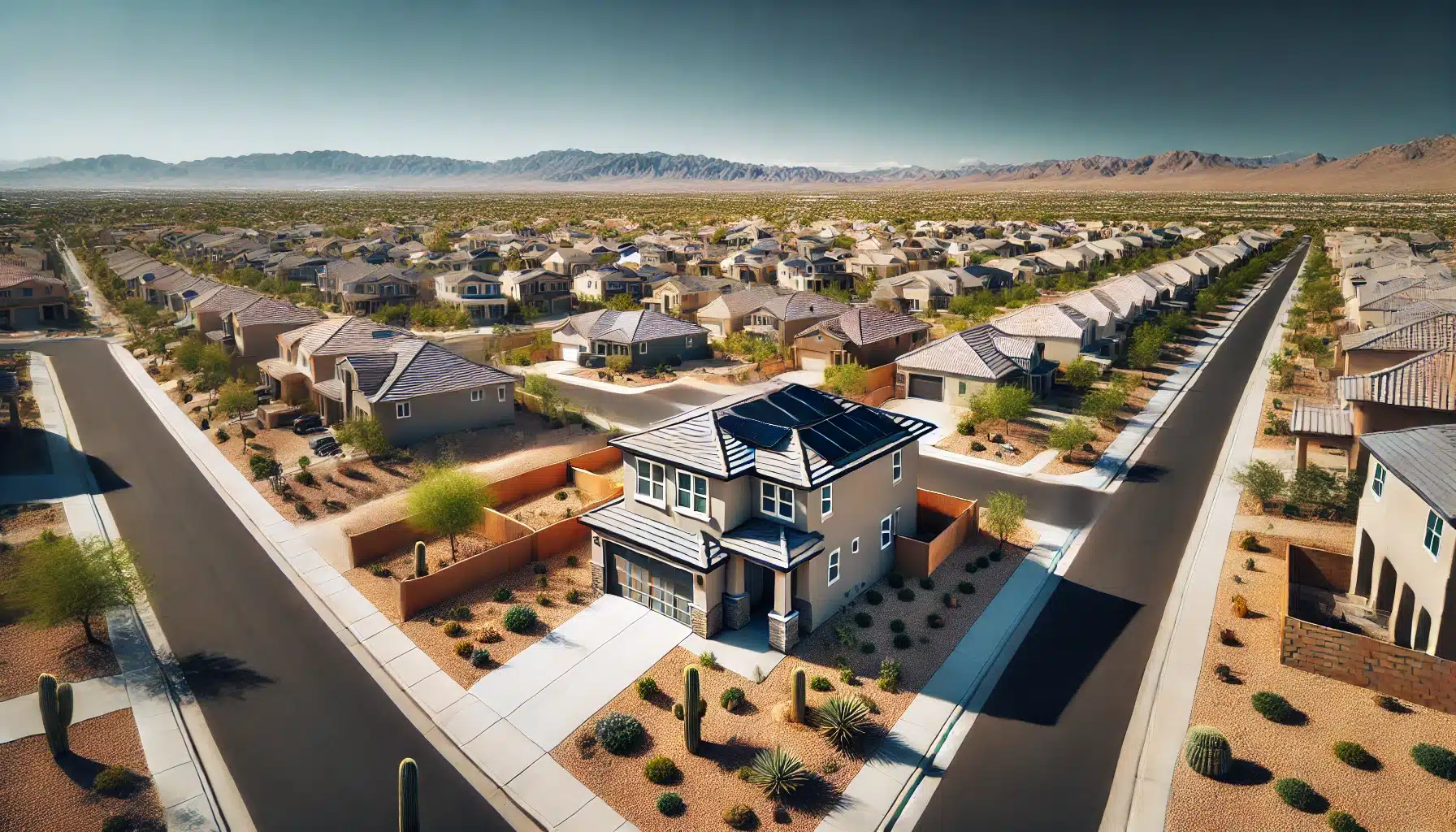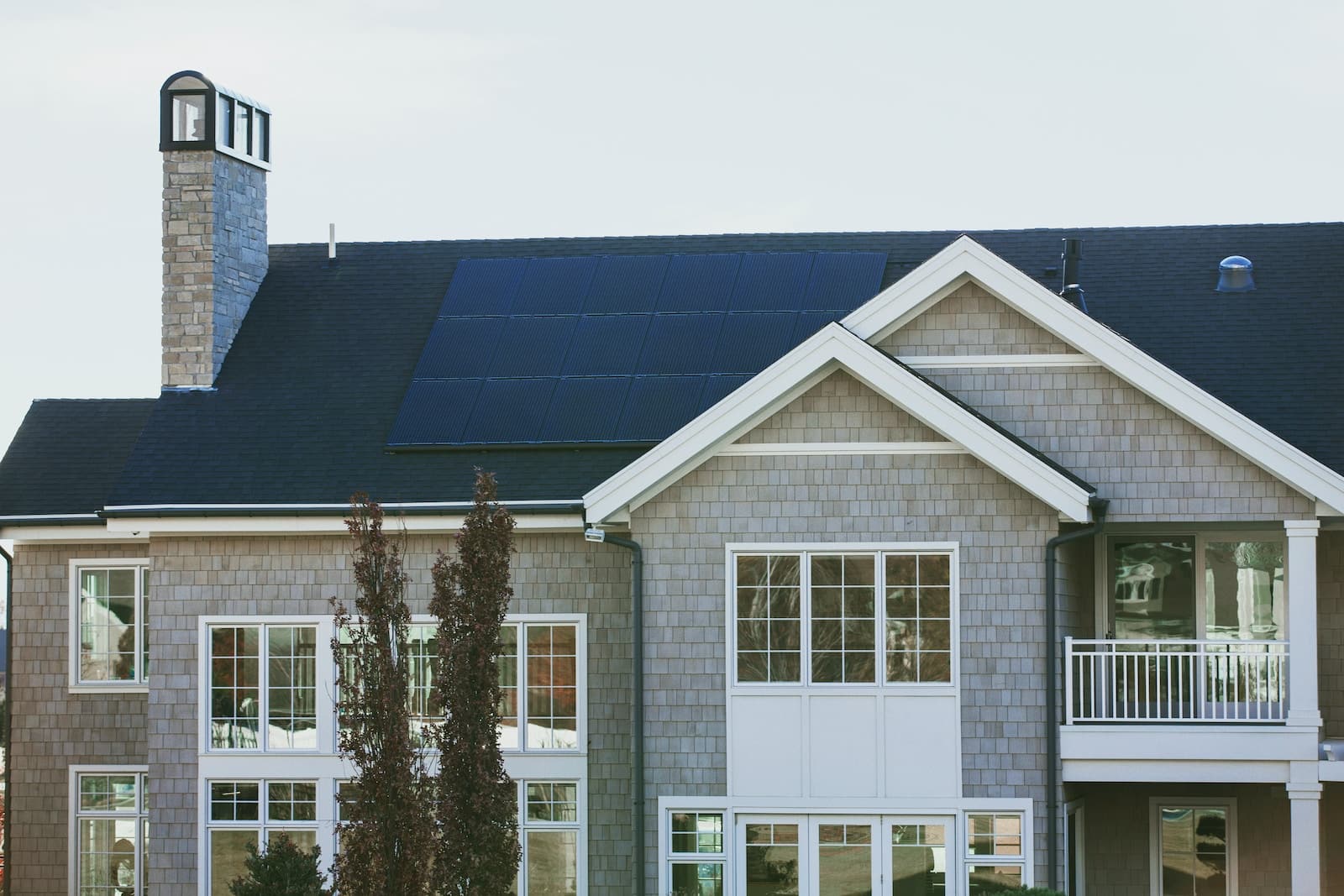If you’re wondering ‘do I need to replace my roof if I’m going solar,’ the answer depends on several factors like the age, condition, and materials of your roof.
In this article, we’ll guide you through assessing your roof’s suitability for solar panels, the benefits of potentially replacing it, and financial considerations.
Key Takeaways
- Evaluate your roof’s condition before installing solar panels, focusing on its age, structural integrity, and material compatibility.
- Replacing your roof simultaneously with solar panel installation enhances durability, cost-efficiency, and property value while maximizing energy savings.
- Streamlining the management of roof replacement and solar installation ensures effective coordination, financial planning, and optimal energy efficiency.
Assessing Your Roof’s Condition Before Going Solar
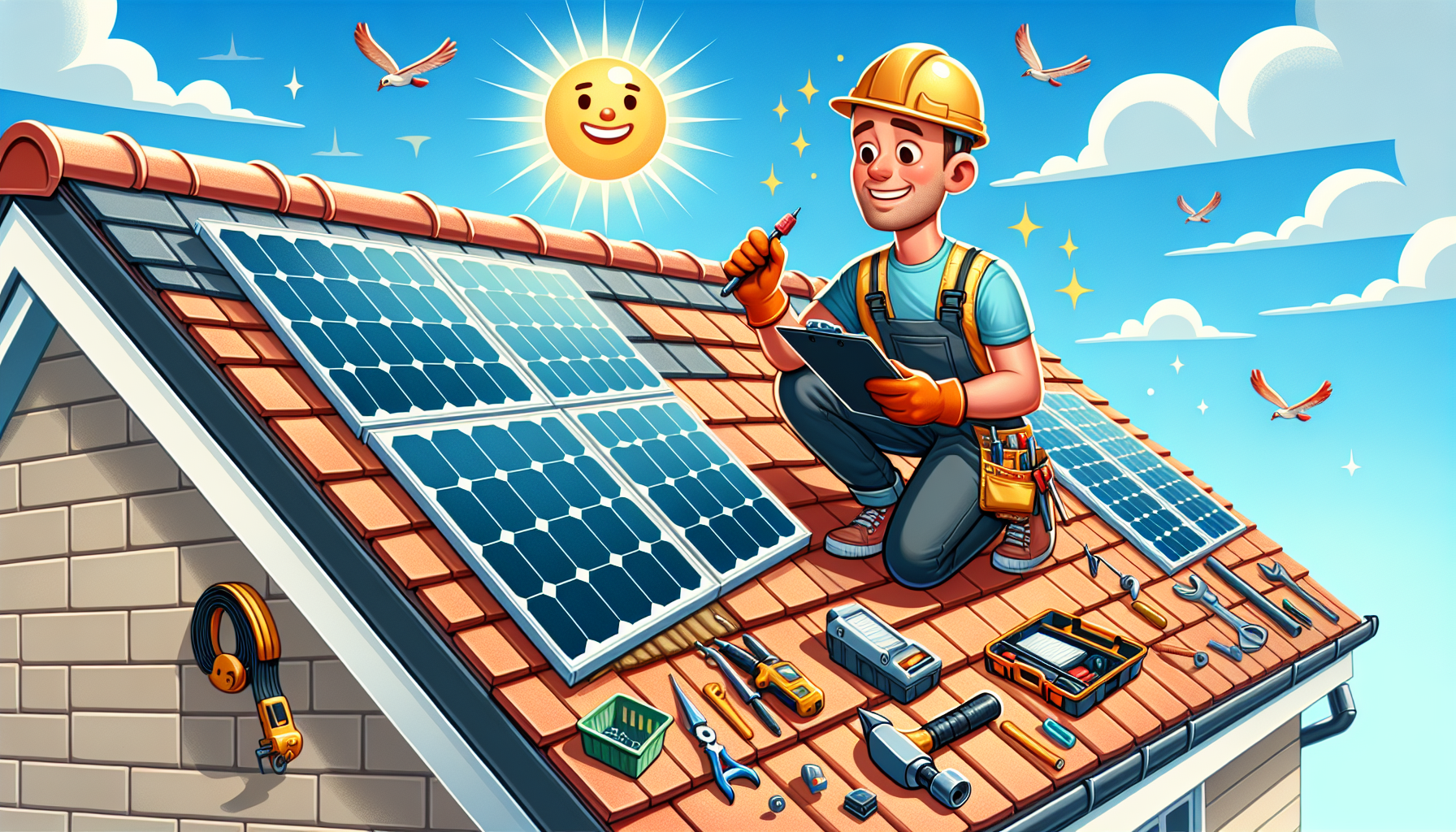
Before considering solar energy, evaluating your roof’s current state is crucial. Assessing your roof ensures that it can support solar panels without causing future complications. This evaluation includes understanding the age and lifespan of your roof, checking its structural integrity, and considering the roofing materials used.
An in-depth site survey, such as those offered by Sun Source Energy, determines your roof’s suitability for solar installations.
Age and Lifespan of Your Roof
Your roof’s age significantly impacts the decision to replace it before installing solar panels. Roofs usually last between 25 and 35 years. This lifespan can vary based on several factors. Materials such as metal and tile have a lifespan exceeding 50 years. In contrast, asphalt roofs typically last around 30 years.
Roofs aged 20-25 years might need replacement to prevent future costs and complications. This proactive approach ensures that your roof can support the solar energy system for its entire lifespan.
Structural Integrity
Assessing your roof’s structural integrity is crucial before adding solar panels. The roof must be able to bear the additional weight of the panels, which requires a thorough assessment of its structural soundness. Identifying hazards or weak points in the roof structure ensures the safety and effectiveness of the solar installation.
Roofing Materials
Your roofing material can significantly impact the efficiency and compatibility of solar panel systems. Some materials, like copper indium gallium selenide and monocrystalline silicon, are more compatible with solar installations.
Newer options, such as solar shingles, seamlessly integrate into the roof design, offering both aesthetic and functional benefits. Selecting the appropriate material ensures effective and efficient support for solar panels.
Benefits of Replacing Your Roof When Installing Solar Panels

Installing solar panels while replacing your roof offers several advantages. These include enhanced durability, cost efficiency, and increased property value. Addressing roofing issues upfront avoids disruptive and costly reinstallation processes later.
Integrating a new roof with solar panels also enhances energy efficiency and reduces utility bills. If you want to add solar panels, it can further maximize your savings.
Enhanced Durability
A new roof paired with solar panels significantly boosts the durability of your roofing system. Solar panels act as an additional protective layer, shielding the roof from harsh weather conditions and preventing premature wear and tear.
This combination keeps your roof in top condition longer, maximizing its lifespan.
Cost Efficiency
Merging roof replacement with solar panel installation is cost-efficient. It helps avoid future expenses related to panel removal for roofing work. By streamlining the installation process, you can save on labor costs and reduce the overall financial burden.
This method aligns the lifespan of the roof and solar system, making financial sense in the long run.
Increased Property Value
Investing in a new roof along with solar panels can significantly enhance your property value. Homes featuring both a new roof and solar panels attract more buyers and command higher prices due to combined energy efficiency and aesthetic appeal.
This upgrade offers immediate financial benefits and potential future savings.
Coordination Between Roofing and Solar Installation
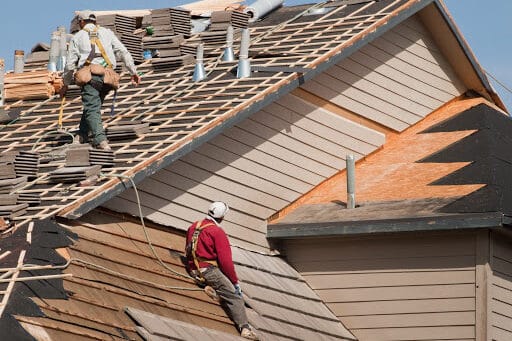
Synchronizing roof replacement with solar panel installation saves time, money, and hassle. Hiring a single company for both services streamlines the process, ensuring seamless coordination and avoiding delays or miscommunications.
An integrated approach simplifies project management and enhances overall efficiency.
Site Survey Process
An in-depth site survey is vital for assessing the roof’s suitability for solar panel installation. Sun Source Energy conducts detailed site surveys to evaluate the roof’s condition, ensuring it can support the solar panels effectively. This process helps identify potential issues early on, paving the way for a successful solar energy system setup.
Partnering with Roofing Contractors
Effective communication between solar and roofing contractors ensures seamless coordination during roof replacement. Some solar companies, like Sun Source Energy, offer referrals for reputable roofing contractors, potentially leading to discounts on replacement services.
Collaborating with experienced solar installers ensures your roof is ready for solar panel installation and boosts overall project efficiency.
Streamlined Project Management
Unified management for roofing and solar projects simplifies communication and reduces stress. This streamlined method ensures maximum efficiency by minimizing miscommunication and project delays.
By having a unified management structure, you can enjoy a smoother and more efficient installation process.
Financial Considerations
Financial factors are crucial when deciding to combine roof replacement with solar panel installation. Understanding the costs, exploring financing options, and leveraging incentives and tax credits make transitioning to solar energy more affordable and viable.
Cost Breakdown
The combined cost of replacing a roof and installing solar panels can be around $30,000. This total encompasses both the roofing and solar installation expenses. The average cost to replace a roof is about $10,000, while installing a residential rooftop solar array costs around $19,000. Additional costs, such as removing solar panels for future roof replacements, can range from $1,500 to $6,000.
Modern roofing materials can enhance insulation, leading to lower energy consumption and reduced heating and cooling costs.
Financing Options
Homeowners can choose from various financing options to manage upfront costs for roof replacement and solar panel installation. These options include solar loans, financing provided by installers, and third-party financing specifically designed for solar installations.
Combining roof replacement with solar installation offers better cash flow control, allowing more effective expense management.
Incentives and Tax Credits
Numerous financial incentives and subsidy programs can reduce the cost of transitioning to solar energy. Federal tax credits offer up to 30 percent off the installation cost to install solar panels under the Inflation Reduction Act. State credits, rebates, and other incentives can also make solar installations more affordable.
Resources like the North Carolina State University database can help homeowners find applicable solar incentives based on their zip code.
Maximizing Energy Efficiency with a New Roof and Solar Panels

A new roof with solar panels can significantly enhance energy efficiency, reduce costs, and improve overall energy production. A well-maintained roof provides a strong base for solar panel installation, impacting its longevity and effectiveness.
Replacing your roof before installing solar panels ensures long-term energy savings and a reduced environmental footprint.
Improved Insulation
New roofing materials can greatly enhance insulation, reducing energy consumption. Improved insulation from new roofs reduces heating and cooling costs, leading to significant energy savings.
Investing in new roofing materials is cost-effective and contributes to environmental sustainability by improving energy efficiency.
Optimal Energy Production
A well-maintained roof maximizes solar system energy output by preventing heat absorption, which can decrease efficiency. Proper installation and alignment of solar panels on a well-maintained roof ensure optimal energy production and efficiency.
This approach maximizes efficiency and reduces energy costs over time.
Reducing Carbon Footprint
Combining a new roof with solar panels lowers overall carbon emissions from homes. Traditional roofing materials can trap heat and increase energy consumption, raising carbon emissions.
Integrating a new roof with solar panels and a solar roof reduces carbon footprint and enhances energy efficiency and sustainability.
Maintenance and Warranty Considerations

Maintenance and warranty considerations are crucial for ensuring the longevity and efficiency of both your new roof and solar panels. Understanding these aspects helps protect your investment and ensures both systems perform optimally over time.
Maintenance Requirements
Regular maintenance ensures the longevity and efficiency of solar panels. Panels should be cleaned at least twice a year, or more frequently in dusty environments. Using distilled or deionized water for cleaning prevents mineral deposits. Conduct a visual inspection before cleaning to identify potential damage.
Regular upkeep ensures solar panels operate at maximum efficiency.
Warranty Coverage
Sun Source Energy offers comprehensive warranties for both the roof and solar installation, protecting your investment over time. Regular maintenance is vital to keep the warranty valid; neglecting it could void warranty protections.
The solar panel installer must adhere to the roofing manufacturer’s guidelines to maintain the roof warranty.
Summary
In conclusion, assessing your roof’s condition before installing solar panels is crucial for a successful solar transition. By understanding the age, structural integrity, and materials of your roof, you can make informed decisions about roof replacement.
Replacing your roof when installing solar panels offers numerous benefits, including enhanced durability, cost efficiency, and increased property value. Coordinating roofing and solar installation ensures a streamlined process, and considering financial aspects like cost breakdown, financing options, and incentives can make the investment more manageable.
Ultimately, combining a new roof with solar panels maximizes energy efficiency, reduces energy costs, and contributes to a sustainable future. Embrace the shift to solar energy with confidence and enjoy the long-term benefits.
Frequently Asked Questions
Do I need to replace my roof before installing solar panels?
Yes, it’s advisable to replace your roof before installing solar panels if it’s older or has structural issues, to prevent future costs and complications.
How much does it cost to replace a roof and install solar panels?
Replacing a roof and installing solar panels typically costs around $30,000, with roof replacement averaging $10,000 and solar panel installation costing about $19,000.
What are the benefits of installing solar panels with a new roof?
Installing solar panels with a new roof significantly enhances durability and cost efficiency while increasing property value and improving energy efficiency. Additionally, it helps in reducing your carbon footprint, making it a sustainable choice.
Are there financing options available for roof replacement and solar panel installation?
Yes, there are several financing options available for roof replacement and solar panel installation, such as solar loans, installer financing, and third-party financing tailored for these projects. Consider exploring these options to find the best fit for your financial situation.
What incentives and tax credits are available for solar installations?
You can benefit from enhanced federal tax credits offering up to 30% off the installation cost of solar panels under the Inflation Reduction Act, along with potential state credits, rebates, and additional incentives. Exploring these options can significantly reduce the overall expense of your solar installation.


